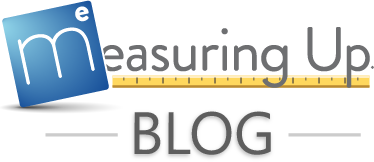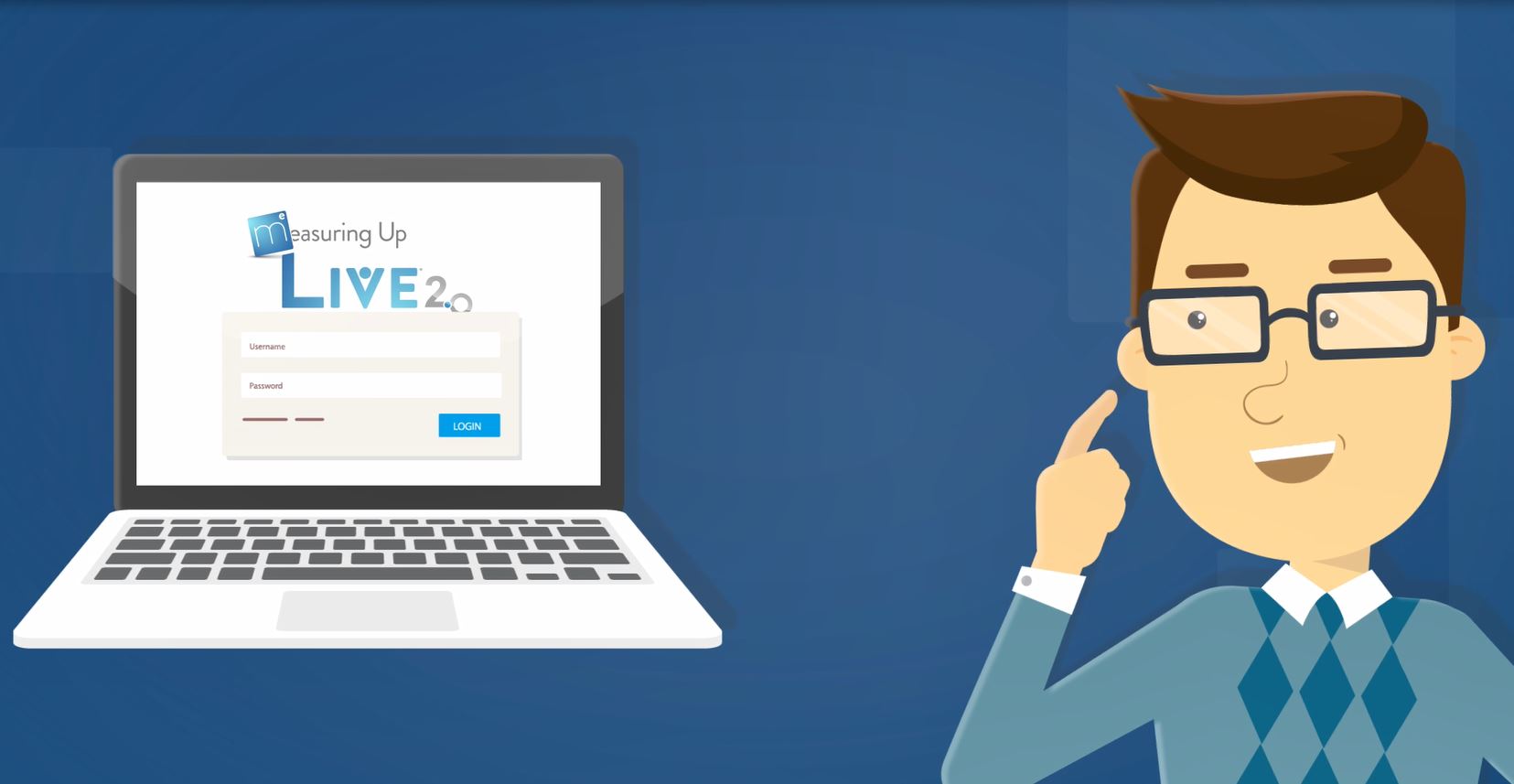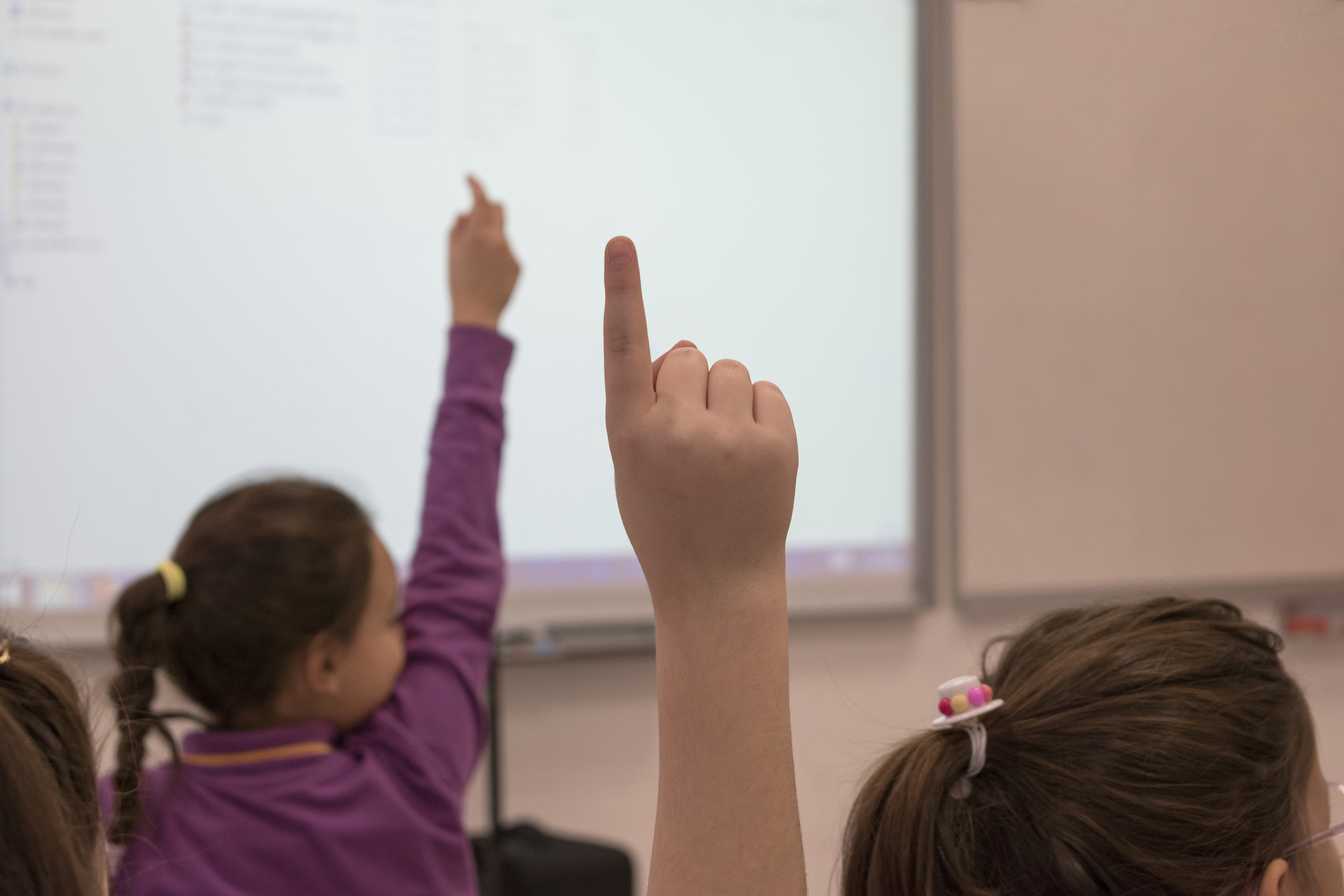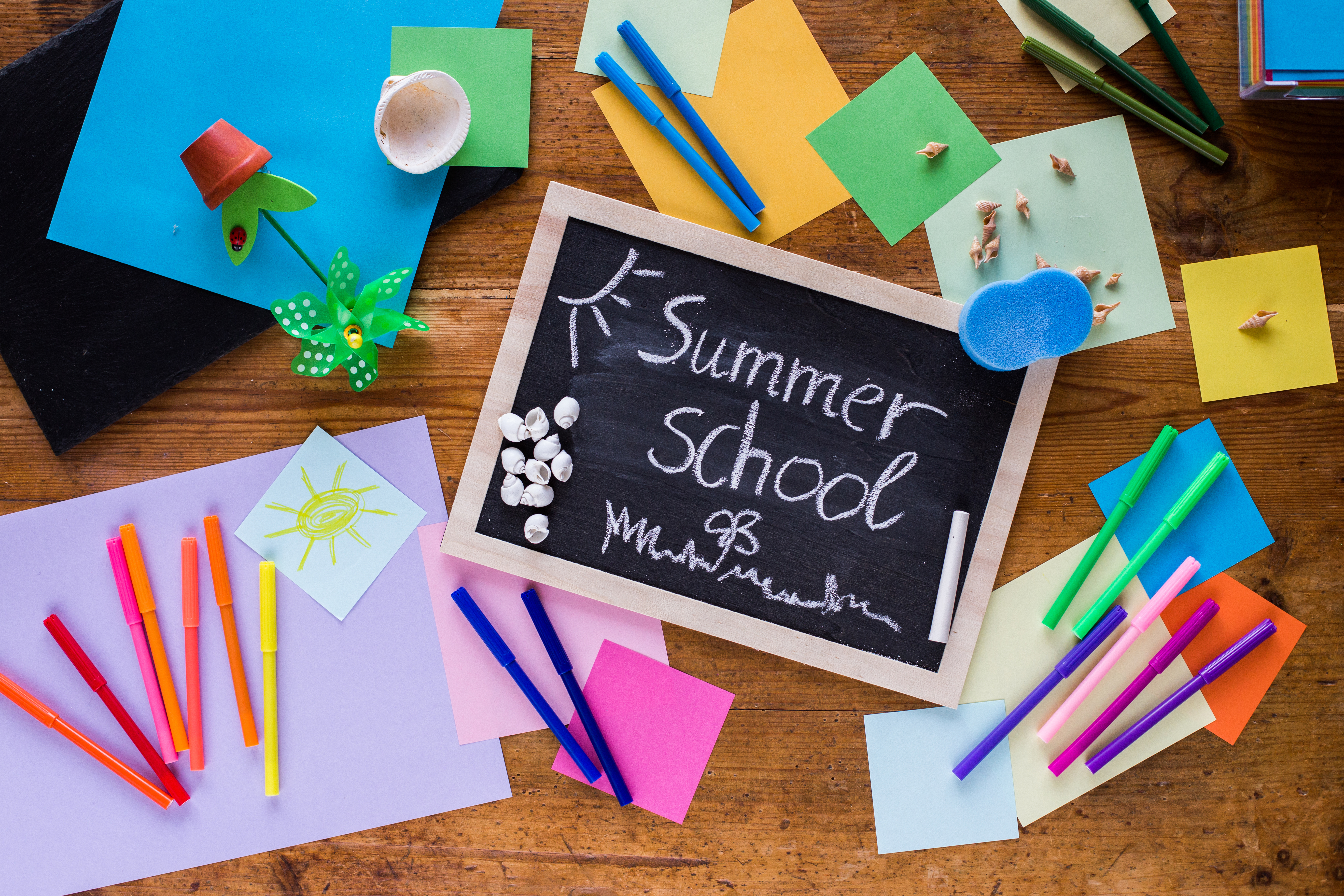The annual International Society for Technology in Education (ISTE) conference is the marquee ed tech event of the year, attracting educators from all over the country and featuring the newest and most innovative educational technology available. As schools being for many of you across the country, we thought we’d share a little from the conference in hopes to inspire you as you begin your school year. This year’s conference did not disappoint with powerful keynote addresses from influential and inspirational leaders in journalism, education, and technology.
- Jad Abumrad – Creator and host of the popular “RadioLab” program on public radio, which has been running for 15 years, as well as a recipient of the prestigious Peabody Award in 2015
- Jennie Magiera – Chief innovation officer for the Des Plaines Public Schools located in the Chicago, Illinois, and author of Courageous Edventures which dives into classroom struggles and how innovation can improve educational performance
- Reshma Saujani – Founder and CEO of Girls Who Code, a nonprofit working all around the country to close the gender gap that exists in the technology space
Held in San Antonio from June 24-27, ISTE 2017 was a huge success that showcased the most cutting-edge educational technologies, including Measuring Up Live 2.0 from Mastery Education.
Adopting new technology can help make dramatic improvements in educational excellence, but there are things to consider when doing so.
- Is there a trial period to get a feel for the technology before a larger investment must be made?
- Is customer service and technology support available and equipped to respond to issues promptly?
- How is data security handled, including initial input, storage, and data transfer?
- Is the product embedded with advertisements, and to what extent?
Here are some tips for adopting new educational technology and evaluation of the program success.
- Ensure technology products have been tailored to be consistent with school standards
- Perform a full 360-degree trial prior to adopting the technology
- Determine if the technology complies with student information and privacy laws
- Understand the scope of the financial and resource investment
- Construct a detailed plan for the technology roll out prior to implementation, as well as a full implementation plan
- Evaluate the technology performance regularly
- Drive decisions based on data
These questions and tips are key to helping educators and technology innovators embark on fruitful partnerships that will benefit student performance over the course of the school year.
At Mastery Education, we understand the value drivers and pain points associated with adopting new educational technology. As such, we are focused on developing research-based products that promote problem-based learning to deliver measurable educational advancement.
Learn more about implementing new technology and how the suite of digital solutions from Measuring Up can help by visiting us online at MasteryEducation.com today!







